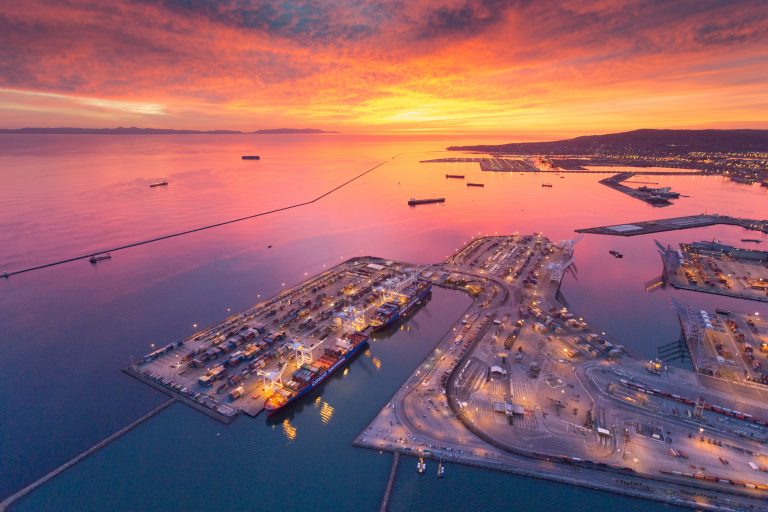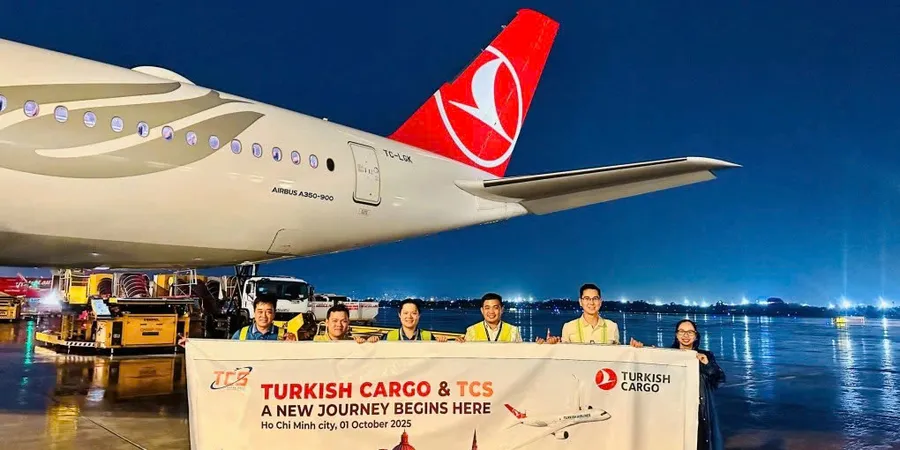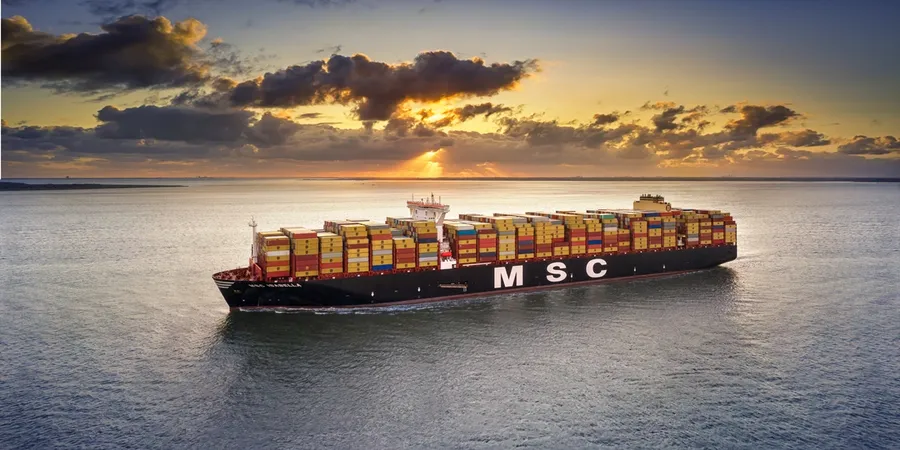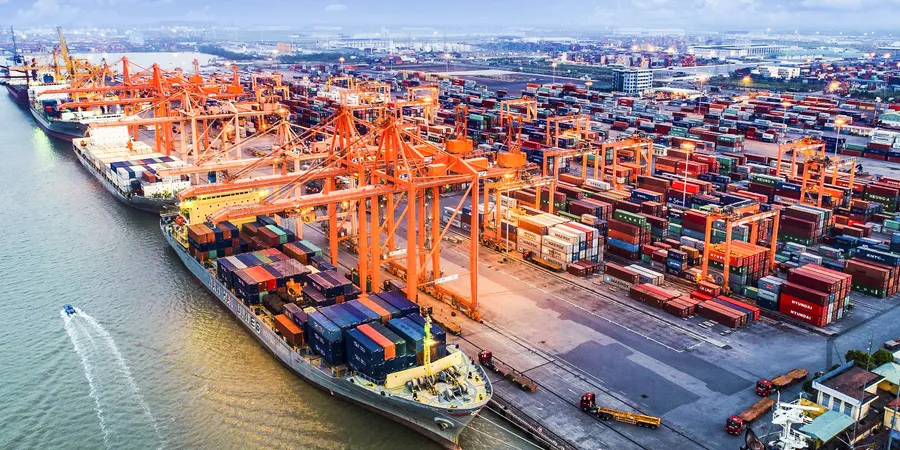Freight rates lose gains after three weeks
Long-haul freight rates have given way to the lack of capacity discipline, as the Shanghai Containerized Freight Index (SCFI) lost ground after three weeks of gains.
On 18 August, Asia-North Europe rates fell to US$852/TEU, down from US$926/TEU the previous week, while Asia-US West Coast rates dipped to US$2,003/FEU, from US$1,507/FEU on 11 August.
Linerlytica said that market sentiment has turned negative again, as recent rate increases have failed to hold, adding, “The setback will make it harder for carriers to push for the next round of rate hikes in September, with no signs of capacity management in place.”
Linerlytica noted that the idle fleet remains low even as newbuilding deliveries are ongoing.
Hurricane Hilary has not materially affected operations at Los Angeles and Long Beach ports, which reopened on 21 August after partially closing on 20 August.
Rates to the US East Coast were more resilient, with capacity reduced due to Panama Canal draught restrictions. Rates went up marginally, to US$3,110/FEU, from US$3,071/FEU on 11 August.
Maersk Line has added nine extra US East Coast sailings since July, but will withdraw these extra loaders and divert these to the US West Coast in September.
Source: Container News





